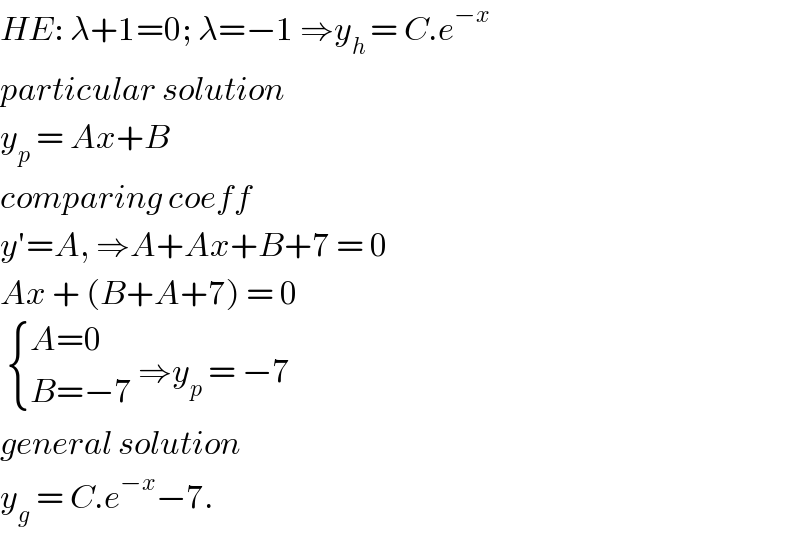
Question and Answers Forum
Question Number 111644 by weltr last updated on 04/Sep/20
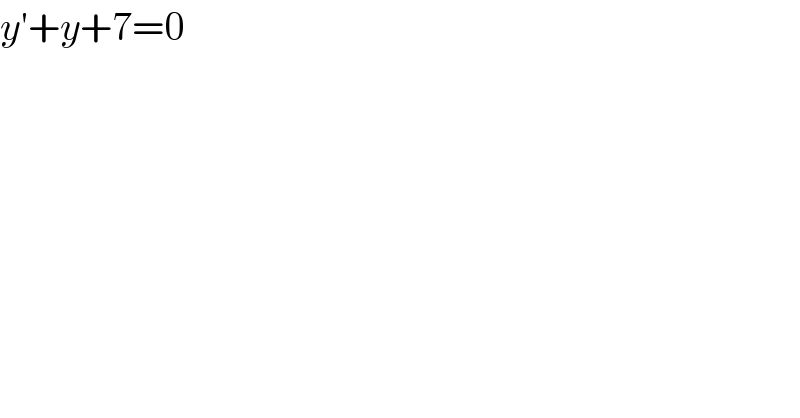
Commented by mohammad17 last updated on 04/Sep/20
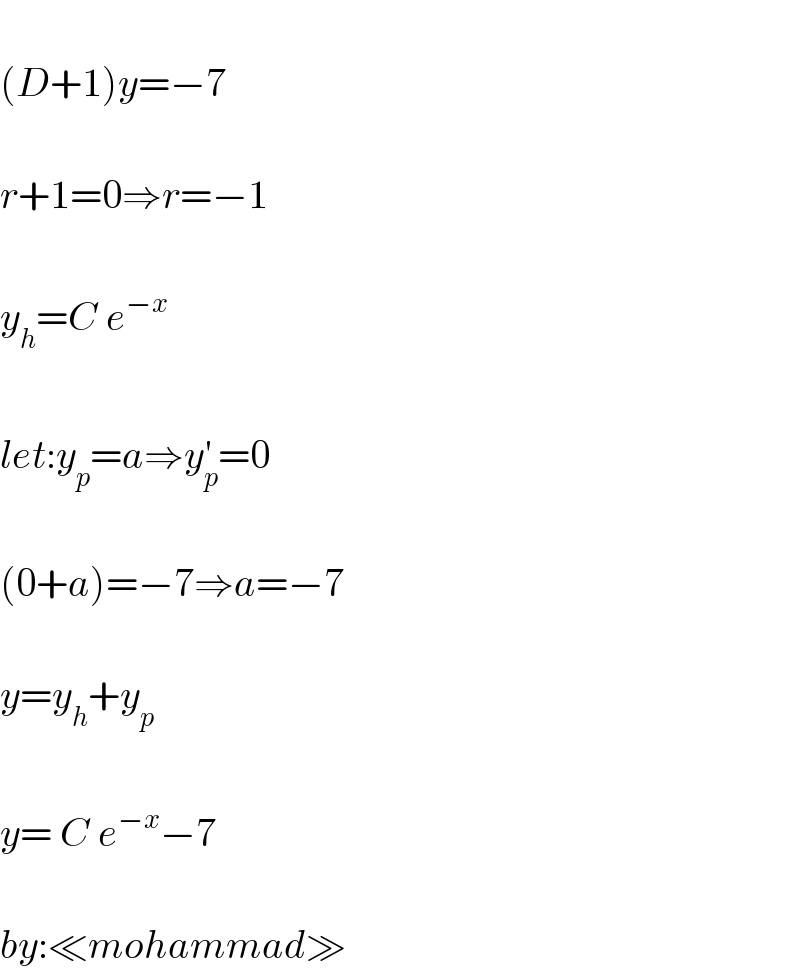
Commented by weltr last updated on 04/Sep/20

Commented by mohammad17 last updated on 04/Sep/20
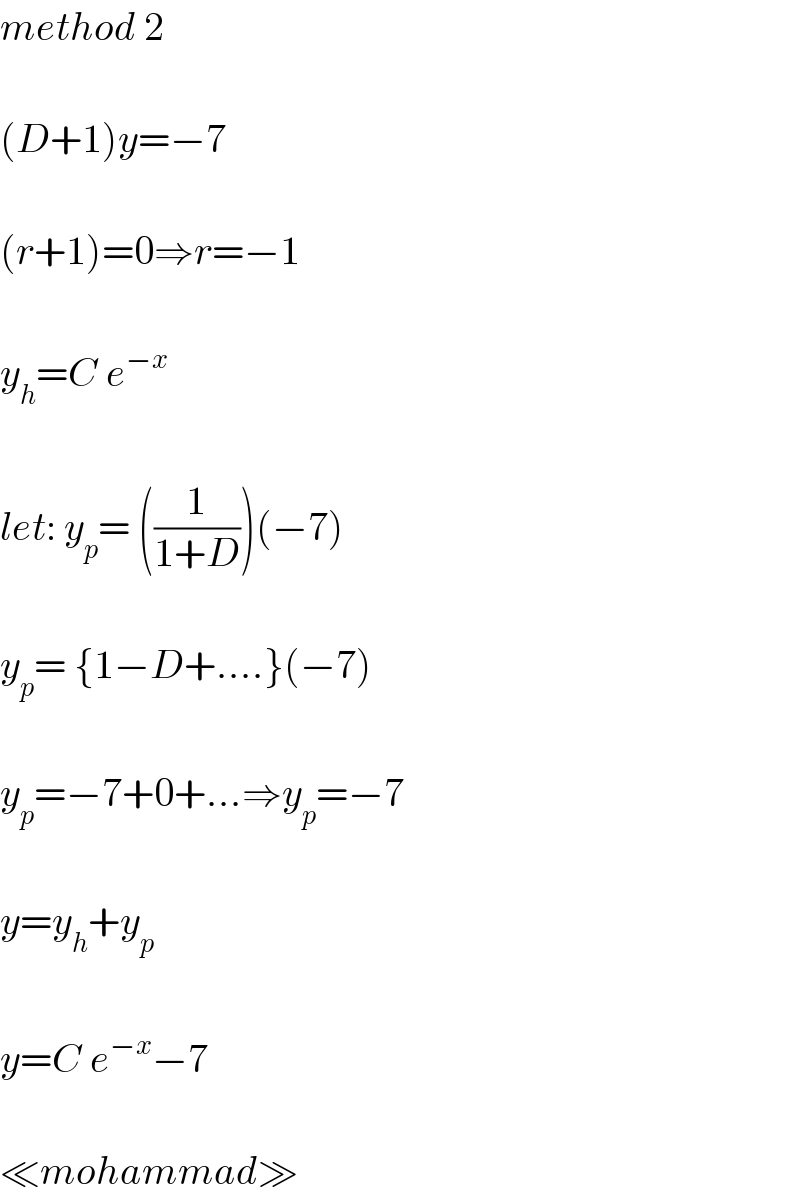
Commented by mohammad17 last updated on 04/Sep/20

Answered by mathmax by abdo last updated on 04/Sep/20

Answered by Aziztisffola last updated on 04/Sep/20
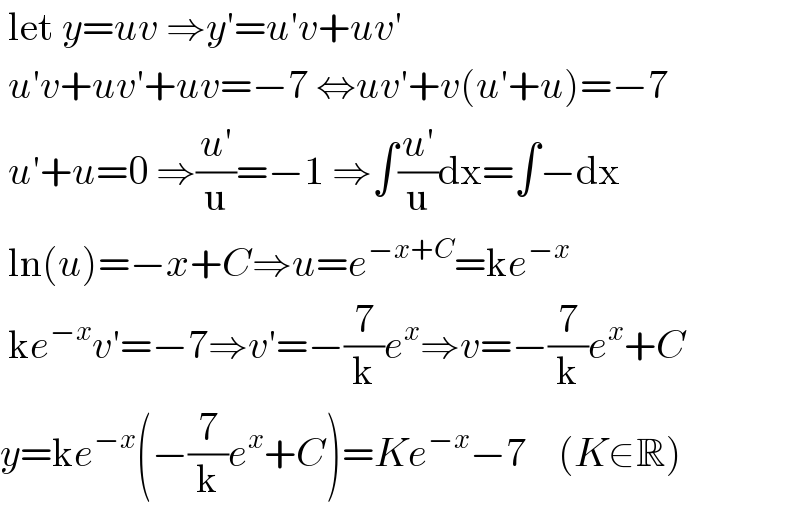
Answered by john santu last updated on 04/Sep/20
